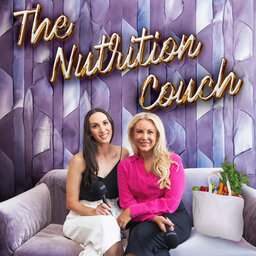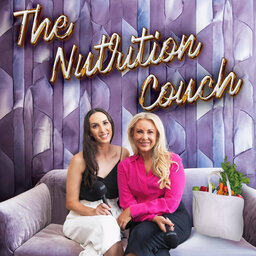Meal Timing Secrets: The Science of When (and How Often) You Should Eat for Weight Control & Energy
How often should you really be eating each day? Is constant snacking ruining your appetite and weight goals? On this episode of The Nutrition Couch, Leanne Ward and Susie Burrell dive deep into meal timing, uncovering why the spacebetween meals matters just as much as what’s on your plate.
Plus, we cover:
- The popular 30-30-30 trend—does it actually work for fat loss, or is it just another social media fad?
- A brand-new healthier chocolate at Coles—does it live up to the hype?
- The truth about super smoothies—are you overloading yours with too many ingredients?
If you want to optimise your eating habits for better appetite control, weight management, and energy levels, this is an episode you can’t afford to miss!
🔔 Subscribe, rate & review to help us keep bringing you evidence-based nutrition advice every week!
 The Nutrition Couch
The Nutrition Couch


